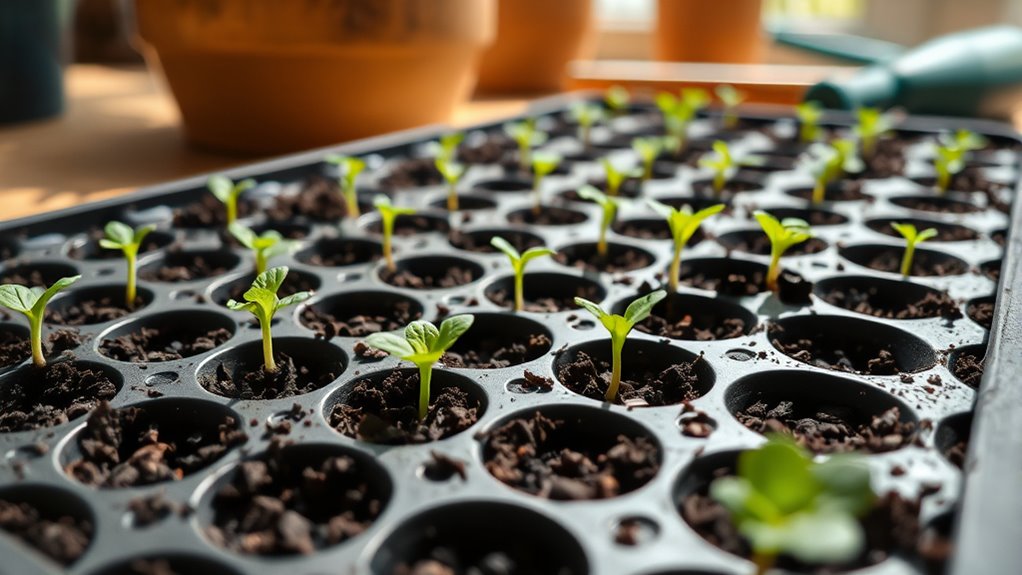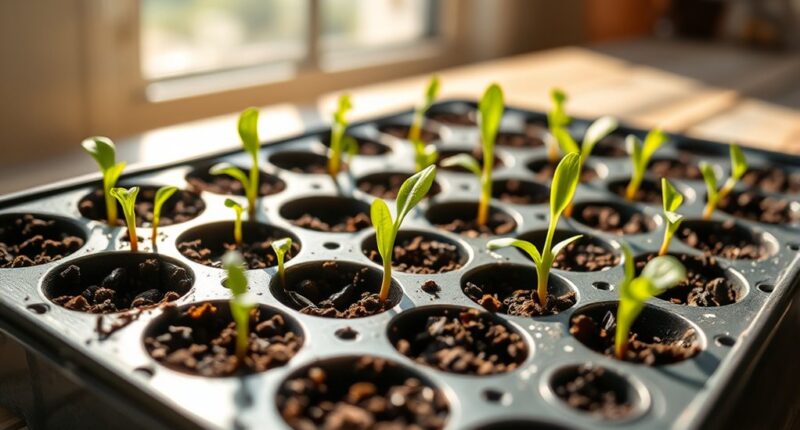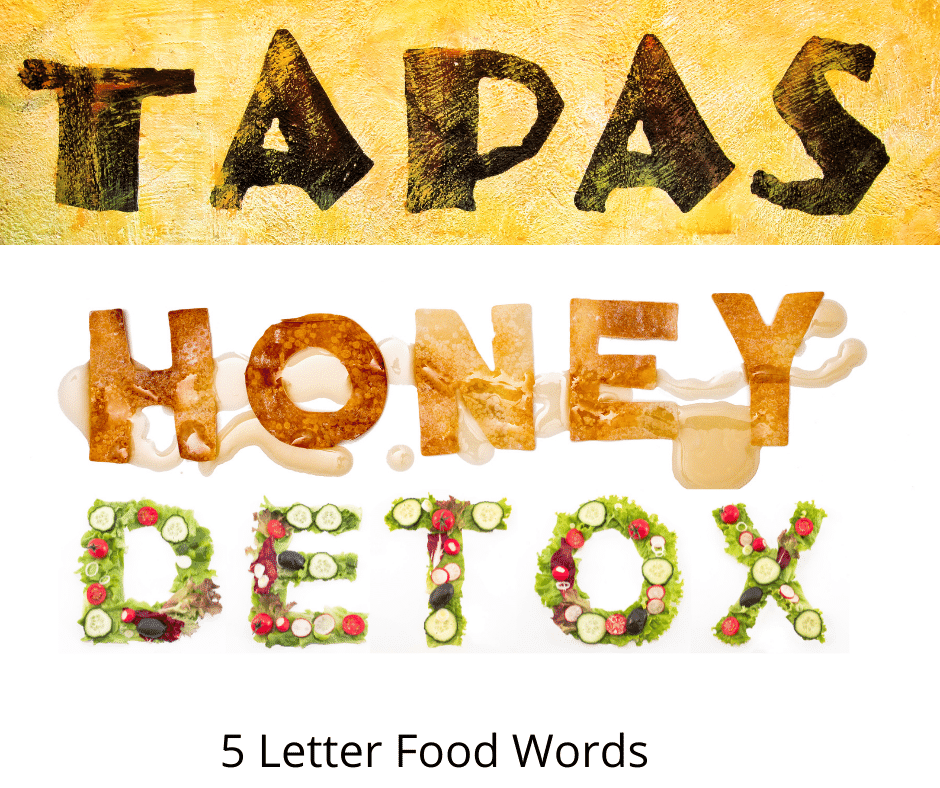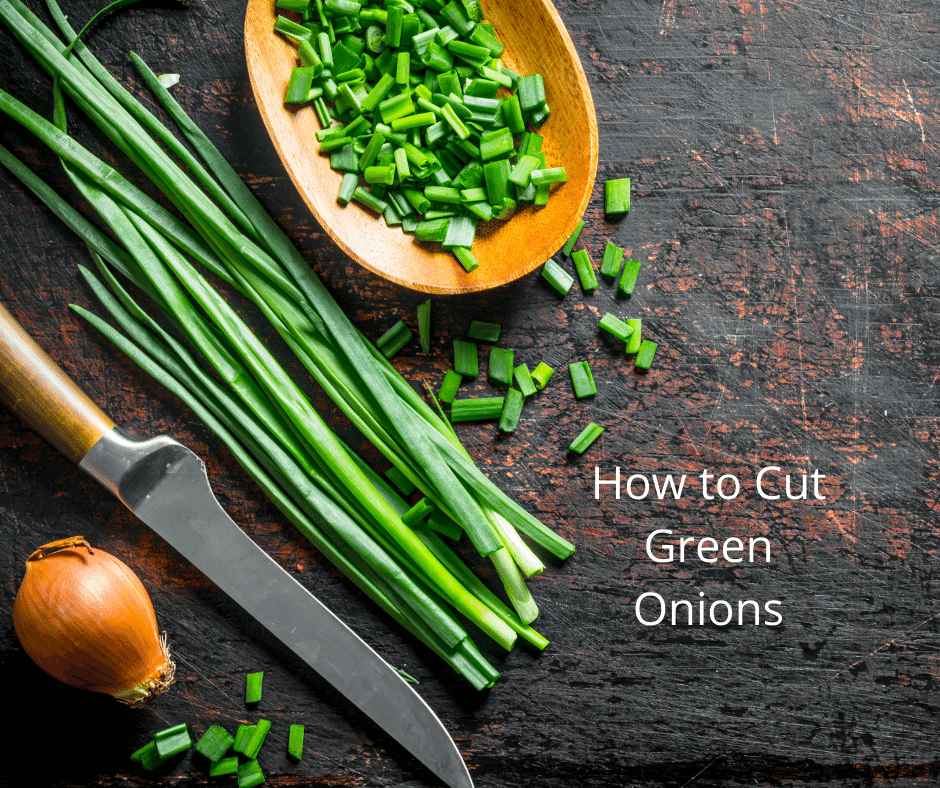To start growing plants from seeds, select nutrient-rich, well-draining soil and loosen it well. Plant your seeds at the recommended depth, pressing them gently into the soil, and keep the soil evenly moist with a fine spray. Maintain a warm environment, cover containers to retain humidity, and remove covers once seedlings appear. Proper watering, temperature, and care are key. If you keep going, you’ll discover how to nurture strong, healthy plants from the very beginning.
Key Takeaways
- Use quality, well-draining seed-starting mix and prepare soil by mixing in organic matter for healthy germination.
- Plant seeds at recommended depths, cover lightly, and press gently for good soil contact.
- Maintain consistent moisture with gentle watering, avoiding overwatering or drying out.
- Keep seedlings in a warm, humid environment, covering trays to promote germination and removing covers once sprouted.
- Gradually expose seedlings to outdoor conditions, ensuring proper watering, temperature, and light for healthy growth.

Are you ready to grow your own garden from scratch? Starting seeds might seem intimidating at first, but with a little guidance, you’ll soon be nurturing healthy seedlings. The first essential step is soil preparation. You want a well-draining, nutrient-rich medium that gives your seeds the best chance to sprout and grow strong. Use a high-quality seed-starting mix, which is specially formulated to retain moisture but also drain excess water. Before planting, loosen the soil in your containers or trays, ensuring there are no clumps or debris that could hinder root development. Mix in some compost or organic matter to boost nutrient levels, but avoid overdoing it, as too much fertilizer can damage tender seedlings. Proper soil preparation creates an *indispensable* environment for germination and reduces the risk of diseases like damping-off.
Once your soil is ready, plant your seeds according to the depth recommendations on the packet. Cover them lightly with soil and gently press down to ensure good contact. After planting, watering techniques become *essential*. You want to keep the soil consistently moist but not soggy. Overwatering can drown seeds or promote mold, while underwatering can cause them to dry out before sprouting. A best practice is to use a fine spray or gentle mist to water your seed trays. This prevents displacing the seeds and ensures even moisture distribution. Check the soil daily; if it feels dry on the surface, it’s time to water. Using a spray bottle or a watering can with a fine spout allows you to control the flow and avoid disturbing your seeds.
Temperature and humidity also play *crucial* roles in watering. Keep your seed-starting area in a warm spot—most seeds germinate best between 65-75°F. Covering your trays with plastic wrap or a clear lid can help retain humidity, creating a mini greenhouse effect that encourages sprouting. Just remember to remove the cover once seedlings emerge to prevent mold and to allow air circulation. As your plants grow, you’ll need to adjust your watering approach, *making sure* they stay moist but not waterlogged, and gradually introduce them to outdoor conditions when the weather permits. By mastering soil preparation and watering techniques now, you’re setting a solid foundation for a successful garden. With patience and care, you’ll soon be enjoying lush, vibrant plants that started from tiny seeds.
Frequently Asked Questions
What Are the Best Seed-Starting Supplies for Beginners?
For starting seeds, you’ll want reliable seed starting containers, like trays or pots, that are easy to handle and reuse. Pair them with good seed starting soils, which provide nutrients and proper drainage. You should also have a spray bottle for gentle watering, labels to identify your plants, and a grow light or sunny window for adequate light. These supplies set a strong foundation for healthy seed germination and growth.
How Do I Prevent Mold and Damping-Off Disease?
To prevent mold and damping-off disease, you should focus on soil sterilization and airflow management. Sterilize your seed-starting soil before planting to eliminate pathogens. Guarantee good airflow around your seedlings by spacing containers properly and avoiding excess humidity. Also, water lightly and avoid overwatering, which fosters mold growth. Keeping the environment dry and well-ventilated reduces the risk of mold and damping-off disease, helping your seedlings grow healthy and strong.
When Is the Ideal Time to Start Seeds Indoors?
You should start seeds indoors based on seasonal timing and ideal indoor conditions. Typically, do this 6-8 weeks before the last expected frost date for your area. Keep your indoor environment warm, around 65-75°F, with plenty of light and proper humidity. By aligning seed-starting with seasonal timing and maintaining perfect indoor conditions, you’ll give your plants the best chance to thrive when transplanted outdoors.
How Can I Improve Germination Rates?
You might think that simply planting seeds guarantees germination, but investigating shows soaking seeds can boost success. To improve germination rates, try soaking seeds in water for a few hours beforehand, which softens seed coats. Also, maintain ideal temperature control—most seeds germinate best between 65-75°F. These strategies guarantee your seeds have the best start, increasing your chances of healthy sprouting and a thriving garden.
What Are Common Mistakes to Avoid in Seed-Starting?
To avoid common seed-starting mistakes, you should prevent soil compaction by gently loosening the soil and avoid overcrowding your containers. Also, maintain consistent watering; inconsistent watering can stress seeds and hinder germination. Don’t forget to provide proper light and temperature conditions. Being mindful of these issues helps guarantee your seeds sprout healthy and strong, setting a solid foundation for your growing success.
Conclusion
Now that you’ve mastered seed-starting, your garden will explode with more plants than you ever imagined possible—like a green explosion that could rival a jungle! Soon, your windowsill will turn into a lush, vibrant paradise so magnificent, even the birds will stop and stare. Keep nurturing those tiny seeds with love and patience, and watch your garden grow faster than a rocket on launch day. Get ready to be the envy of every gardener out there!









